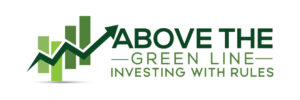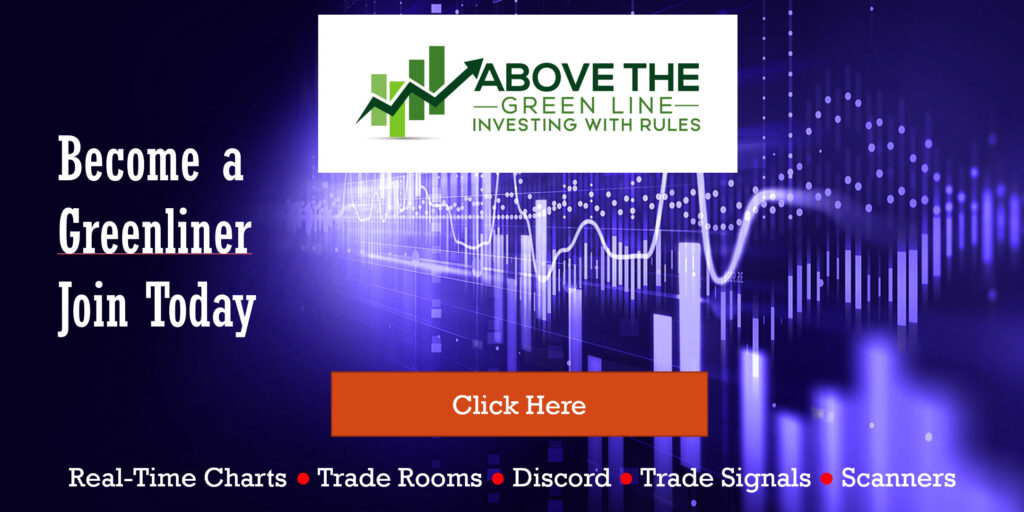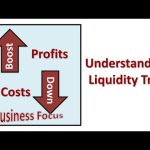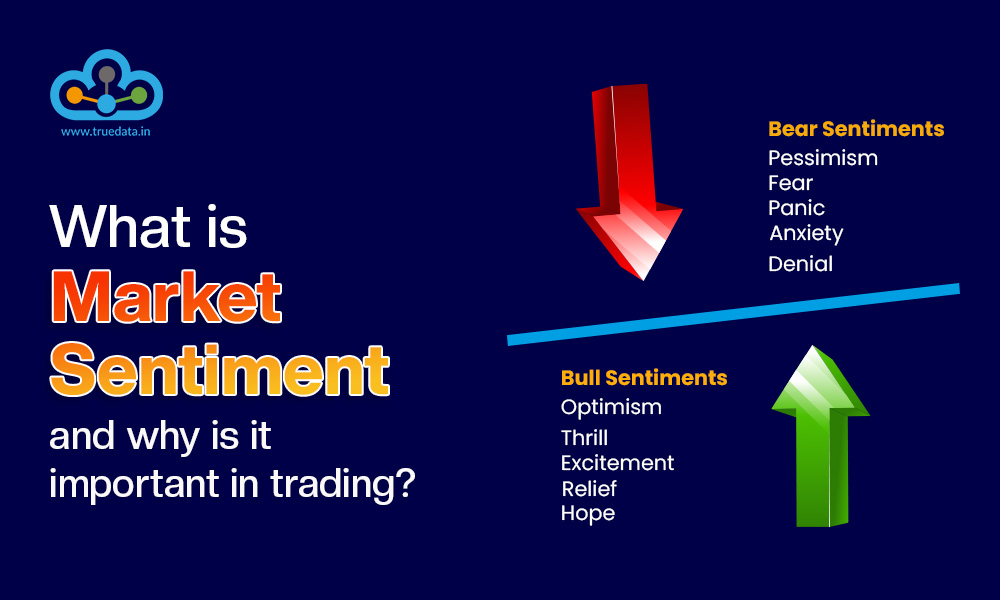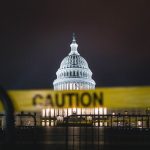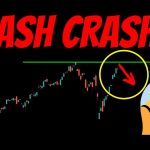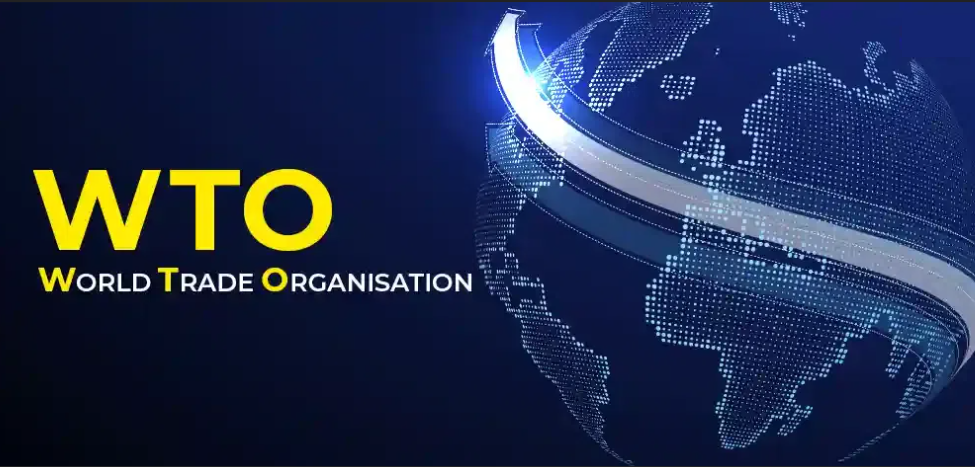
By ATGL
Updated October 15, 2025
What Is WTO Trade Policy?
When you evaluate global market drivers, WTO policies are part of the foundation. The World Trade Organization provides a rules-based framework that governs how nations trade goods and services. In practical terms, WTO trade policy sets out:
- How tariffs, quotas, and non-tariff barriers are applied or reduced.
- What constitutes fair treatment for domestic and foreign firms.
- Mechanisms for dispute settlement when one member challenges another’s measures.
- Disciplines for intellectual property (TRIPS) and trade in services (GATS).
- A recurring Trade Policy Review Mechanism (TPRM) that assesses each member’s trade regime for transparency and consistency.
These policies don’t set exchange rates, valuation multiples, or specific stock prices. Instead, they influence the conditions under which companies compete, which flows into costs, margins, and investor expectations. For traders and investors, the value of understanding WTO trade policy is straightforward: it establishes the baseline rules of the game that shape cross-border revenues, supply chain reliability, and sector leadership.
Why It Matters to Global Markets
A predictable trading system reduces uncertainty. When tariffs are stable and rules are clear, corporates can plan procurement, capacity, and pricing with fewer surprises. Over time, that tends to compress risk premia and improve liquidity. Conversely, abrupt policy shifts or unresolved disputes can widen bid–ask spreads, raise hedging costs, and push capital toward defensive sectors.
Internal resources to keep handy while you research the backdrop:
Those pages help you connect top-down policy changes to bottom-up trading conditions.
How WTO Policies Affect Trade Flows, Tariffs, and Supply Chains
WTO agreements aim to lower barriers and standardize practices so that a container leaving one port faces fewer surprises when it arrives at another. The effects show up in three places that traders monitor closely:
- Trade flows and pricing power
Tariff reductions increase the number of markets a firm can serve at a competitive price. When an exporter gains access to a large new market, revenue visibility improves and longer production runs can lower unit costs. For listed companies, that can support margin expansion and higher earnings stability—two inputs that often compress cost of capital and support stronger multiples. - Supply chain design
Companies structure supply chains to optimize cost, lead time, and resilience. Stable rules push firms to deepen networks (more tooling, higher utilization), while uncertain rules push them to diversify or duplicate capacity. Both responses are rational, but the market treats them differently: concentration may lift near-term margin; diversification raises costs near term but may reduce drawdown risk when shocks occur. The more credible the multilateral framework, the easier it is for management teams to invest in long-lived assets with confidence. - Sector-specific rotation
Tariffs and standards tend to be uneven across sectors. A cut in input tariffs can lower costs for manufacturers, while a rise in antidumping duties may crowd out imports and favor domestic producers. When you track policy events through a sector lens—steel, semiconductors, autos, pharmaceuticals—you can sometimes anticipate rotation before it shows up in price trends.
Illustrative examples
- Steel and industrials: A tariff increase on specific steel categories tends to lift domestic producers and compress margins for steel-using industries (machinery, autos) until contracts reset.
- Technology and IP protection: Strong enforcement under TRIPS can raise the perceived value of patents and software. That can improve the earnings visibility of firms with valuable IP and push capital toward those names.
Those are general mechanisms rather than predictions. The point is to understand the direction of pressures on costs, market access, and risk premia.
The Impact of WTO Policies on Stock Market Performance
Stable, rules-based trade tends to reduce macro uncertainty. When enterprises face fewer policy shocks, equity volatility often subsides, and correlations can fall as fundamental dispersion increases. For traders, that environment favors trend and relative-strength strategies, because price moves are less dominated by headline gaps and more by incremental fundamentals.
By contrast, periods of policy conflict—lingering disputes, non-compliance, or sudden measures—introduce gap risk. You may see:
- Spread widening in exporters’ CDS and a risk-off tilt in equities sensitive to cross-border sales.
- Factor rotation toward defensives (staples, utilities, healthcare) or domestically oriented small caps.
- FX volatility that feeds back into earnings translation for multinationals and into commodity pricing.
It is useful to map trade policy to portfolio beta and sector betas rather than a single index call. For example, a durable tariff truce that increases policy visibility can compress the equity risk premium fastest in highly globalized sectors (tech hardware, capital goods) and in trade-hub markets. Heightened tensions can do the opposite.
For situational context and cross-asset effects, bookmark:
How Traders Interpret Global Trade Policy Signals
Your goal is not to forecast diplomatic outcomes. Your goal is to read market-based signals that reflect how participants are discounting policy risk. A practical checklist:
- Currencies
A country that gains improved access to export markets may experience appreciation due to capital inflows and expected current-account support. Conversely, if a policy increases import costs, inflation expectations can rise and pressure the currency. - Shipping and freight
Movements in container rates, Baltic Dry, and regional freight indices provide a near-real-time view of trade intensity. A policy shift that eases bottlenecks often appears as higher throughput and normalized rates. - Customs and PMI data
New export orders and supplier delivery times in manufacturing PMIs respond to changes in trade conditions. A turn in these series can confirm that policy adjustments are moving from headline to activity. - Corporate guidance
Listen for changes in pricing power, inventory policy, and capex tied to market access. When a CEO says “we can expand capacity in Region X due to tariff certainty,” that’s a clear forward signal. - Relative performance
Track pairs: domestic vs. globalized retailers; local industrials vs. exporters; chipmakers with high IP intensity vs. commodity hardware producers. If one cohort consistently outperforms after a policy event, the market is stating a preference you can trade.
As you translate these inputs into tactical setups, align execution with your technical process. ATGL readers often use the Trading Price Ladder to plan entries and exits and consult our Essential Day Trading Patterns for intra-day structure.
Case Studies: How WTO Policy Shifts Have Influenced Markets
Case studies should be evergreen and principle-driven. The objective is not to litigate particular events but to show how the mechanism works.
1) Tariff changes and industrial rotation
When a major economy raises tariffs on a set of intermediate goods, importers initially experience margin pressure as existing contracts and pricing hold while costs rise. Domestic producers of the tariff-covered goods may see positive revisions, particularly if capacity utilization was below trend and can rise quickly. Equity markets often anticipate this long before official data catch up. Traders who monitored tariff proposal timelines could observe:
- An early spread between domestic producers and import-reliant peers.
- A steeper curve in the stronger cohort’s earnings revisions.
- A fade once the policy’s impact became fully discounted or when substitution reduced advantage.
The lesson is not that tariffs “always” help domestic names; it is that policy alters relative pricing and inventory behavior, which you can track through factor and sector performance.
2) IP protection and intangible-heavy sectors
The TRIPS agreement sets minimum standards for intellectual property protection. Stronger enforcement reduces the risk of revenue leakage for patent-dependent firms (pharmaceuticals, software, semiconductors with proprietary designs). Markets reflect this by assigning higher visibility to cash flows, which can justify higher multiples relative to peers with weaker IP moats. When you study a market integrating more closely into TRIPS norms, watch for:
- R&D-intensive firms increasing guidance or pursuing cross-border licensing more aggressively.
- M&A focused on acquiring IP portfolios, which can re-rate entire sub-sectors.
- Patent litigation outcomes that set precedents, which investors rapidly capitalize into valuations.
3) Dispute settlement and volatility
The WTO’s dispute settlement system historically provided a predictable avenue to resolve conflicts. When cases advance and compliance follows, you often see volatility compression in exposed sectors. When the mechanism stalls or enforcement weakens, uncertainty lasts longer, and equities price in wider scenarios—often with a discount to capex-heavy exporters. Traders can incorporate this by calibrating position size and stop distances: wider policy uncertainty justifies smaller size and more conservative risk budgets.
Emerging Trends in WTO Policies Shaping the Future of Trade
The current policy conversation features themes that will matter for years. As a trader or advisor, you benefit from mapping each theme to sectors, factor exposures, and potential volatility paths.
Digital and services trade
Global trade is increasingly digital—software, cloud, payments, streaming, and AI-related computation. WTO members are exploring frameworks that address data localization, cross-border services, and digital customs. For markets, this raises questions about where revenue is taxed, how data can move, and what standards govern identity and security. Companies with scalable IP and global customer bases may benefit from frameworks that lower frictions in services trade; firms tied to restrictive data regimes may face compliance costs and constrained growth. This is where “wto trade policy” intersects with platform valuations.
Industrial policy and subsidies
Many countries are deploying industrial policies to develop strategic sectors (semiconductors, batteries, clean energy). From a WTO perspective, subsidies and domestic-content rules must navigate compatibility with existing commitments. For equity markets, that can create opportunity (new capacity, domestic demand) and distortion (excess supply, retaliatory measures). Expect episodic volatility around project awards, local-content thresholds, and countervailing duties. For traders, the key is to separate one-off headlines from multi-year capital cycles that shape margins.
Sustainability and trade
Environmental standards in trade—carbon border adjustments, lifecycle disclosures, and sustainable sourcing—are increasingly part of negotiations. These policies shift cost curves: producers with cleaner inputs or verified supply chains may command pricing power. Others may incur transition costs. Equity markets will likely reward firms that turn regulation into competitive advantage through process innovation and credible reporting.
The Trade Policy Review Mechanism
The WTO Trade Policy Review Mechanism (TPRM) publishes reports on members’ trade regimes and recent changes. Traders and analysts use those reviews to understand directional risk: Were there new non-tariff measures? Did a member liberalize a sector? Are there pending reforms? You can treat TPRM cycles as calendar catalysts—not because the report will move the market by itself, but because it updates the policy baseline institutions rely on. If a report signals liberalization in a sector, it may support re-rating of exposed equities over time; if it flags restrictive measures, you may see valuation discounts persist.
How to Build a Trading Process Around WTO Policy Signals
A professional process connects policy to positioning, risk, and execution. The following framework is practical for investors, day traders, and swing traders:
- Map exposures
For each name on your list, tag export share, import reliance, and IP intensity. Names with high export share to markets under review deserve closer monitoring. - Track leading indicators
Maintain a dashboard with FX pairs, shipping rates, PMIs, and commodity inputs tied to your sectors. Use alerts for threshold moves that imply policy-driven stress or relief. - Quantify risk budgets
When policy risk rises, lower position size or tighten targets. When visibility improves, you can lengthen holding periods or scale into strength. Align with your own method—ATGL readers often rely on simple constructs such as risk per trade = k × account value and use relative strength against a benchmark to decide whether to hold or rotate. - Use technical confirmation
Policy creates the setup, price action confirms it. Wait for trend confirmation before committing capital. Our coverage of Essential Day Trading Patterns and the Trading Price Ladder helps translate macro narratives into entries, stops, and targets. - Review outcomes
Treat major policy events as post-mortems: did your sector mapping align with performance? Did you over- or under-estimate currency effects? Build a repeatable playbook.
Risk Management Considerations
Trade policy is a systemic driver. Correlations can rise quickly when a large economy changes course. Use these guidelines:
- Respect liquidity: thin names exhibit larger gaps on policy headlines.
- Hedge thoughtfully: FX or commodity hedges can offset some risk, but basis risk remains.
- Beware of headline clusters: committee votes, appeals, and implementation dates can generate multiple gaps in a short span.
- Separate time horizons: a policy may be bullish for a sector over 3–5 years and still trigger a 2–6 week drawdown during adjustment.
Revisit our pages on Systematic Risk and Market Volatility to align risk budgets with macro conditions.
Frequently Asked Questions
Do WTO policies set stock market direction?
No. They shape the environment for trade and investment. Markets respond through earnings expectations, risk premia, and sector rotation.
Is the WTO’s dispute system still effective?
It remains a reference point for rules and compliance, though capacity constraints have created delays in some cases. For traders, the implication is longer uncertainty windows, which argues for disciplined position sizing.
How can a retail investor practically use this information?
Track sectors with clear policy exposure, watch FX and freight signals, and use technical confirmation before acting. Anchor your process in rules you can repeat.
The Bottom Line for Traders
You don’t need to become a trade lawyer to benefit from understanding WTO policies. You do need to connect policy to costs, access, and risk premia, and then let price action confirm your thesis. Stable, rules-based trade generally narrows uncertainty and supports trend strategies. Disputes and rule changes inject volatility and favor selective, risk-aware positioning. The edge comes from combining macro awareness with disciplined execution.
For broader context, keep our pages on Global Trading Markets and market dynamics on your research list.
Join ATGL to Apply This Framework in Real Time
ATGL focuses on a rules-based process that helps you navigate macro drivers like trade policy while keeping execution simple and disciplined. Members get structured market notes, curated watch lists, and clear technical levels. If you’re ready to incorporate macro context into a repeatable trading approach, consider joining our community: ATGL Memberships.
